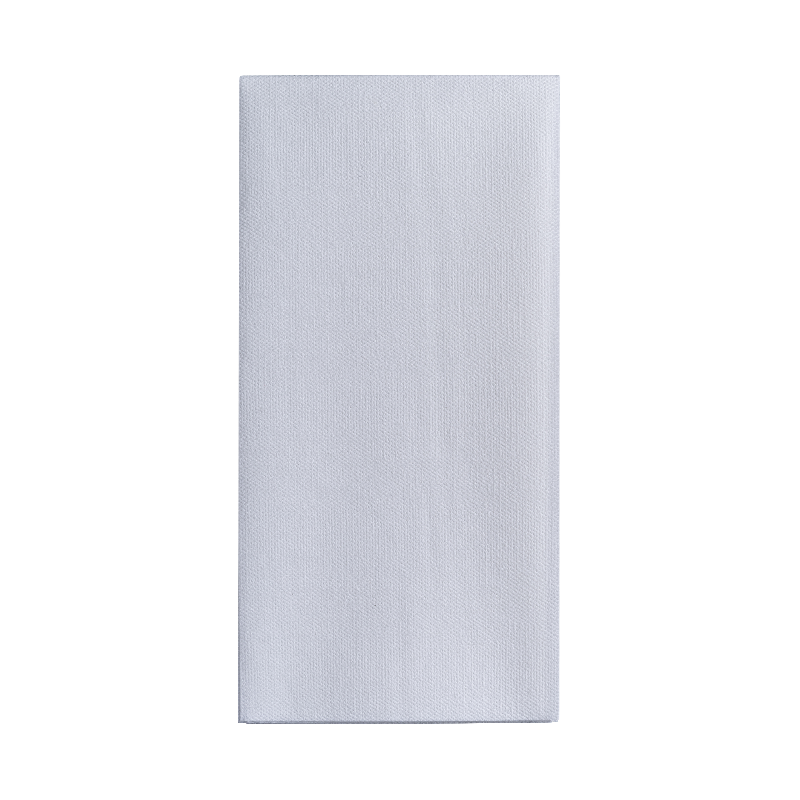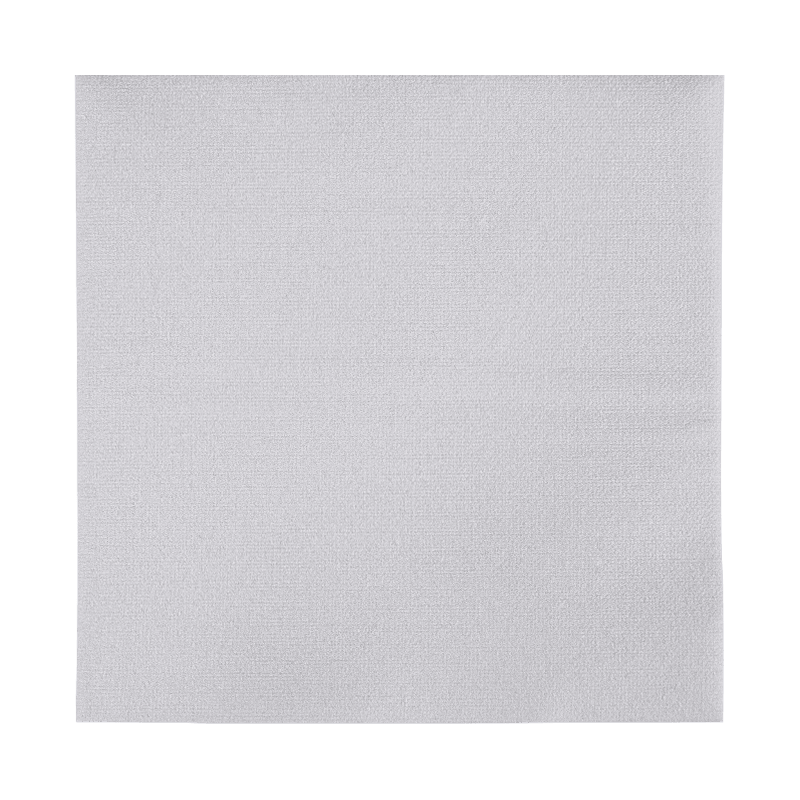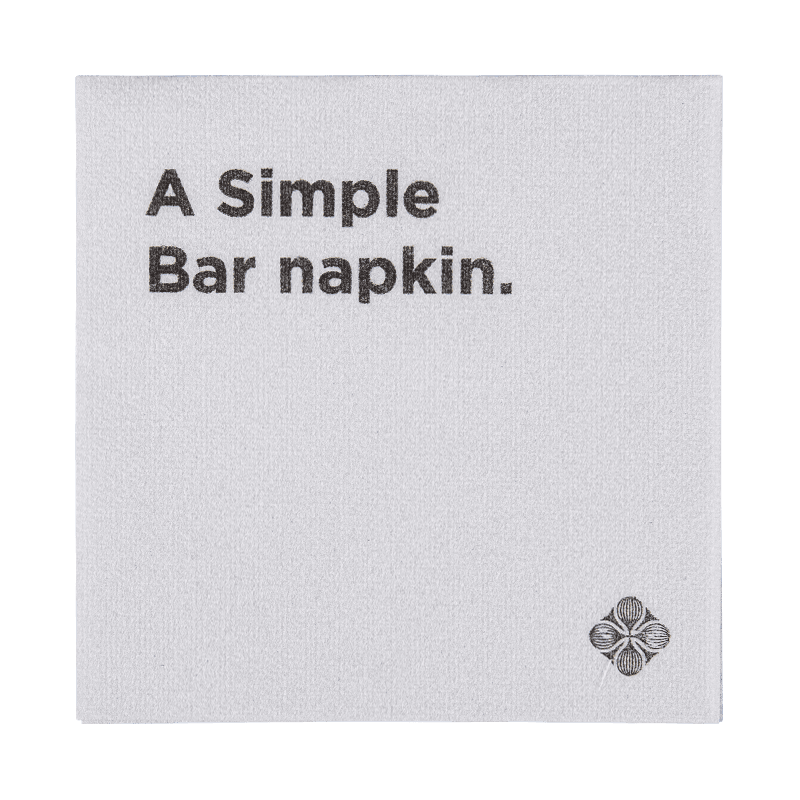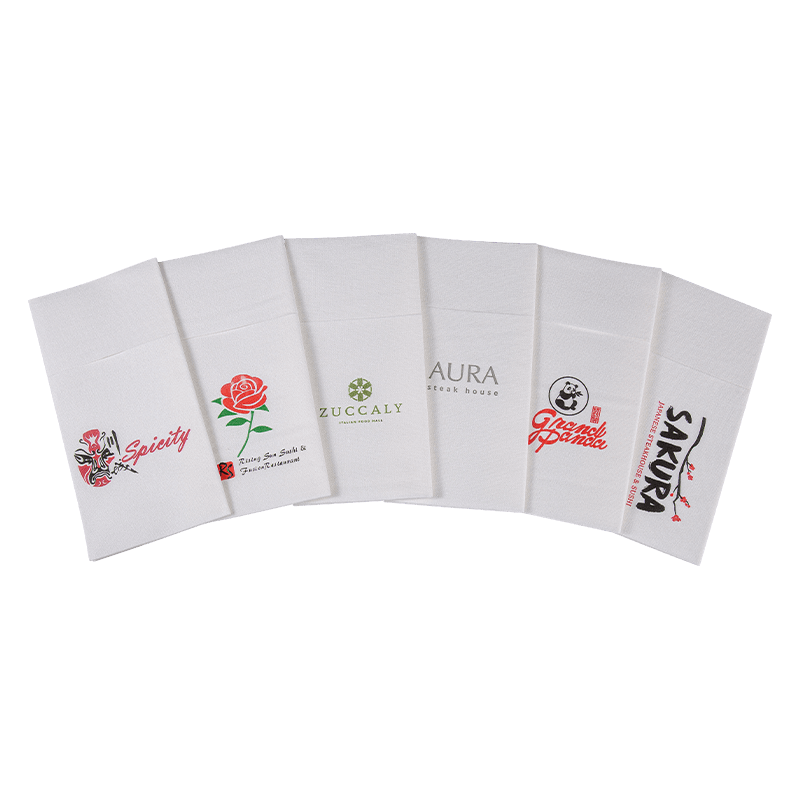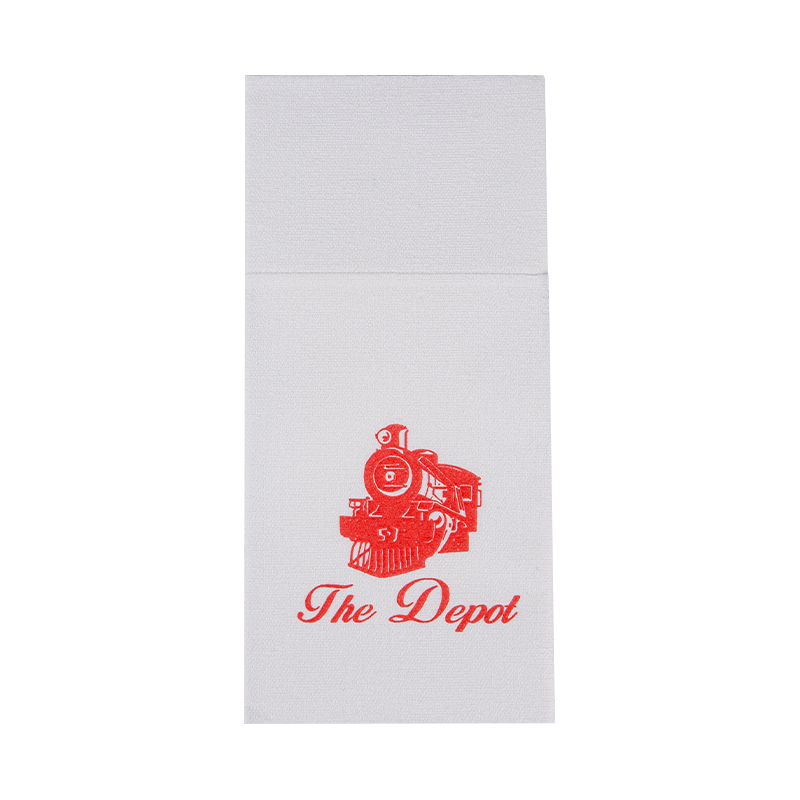The Perfect Fusion of Elegance and Practicality: White Airlaid Napkins Disposable
White airlaid napkins disposable uses a substrate made of high-quality air-laid web technology. The fibers are evenly spread through air combing technology to form a delicate texture similar to linen fabric. It feels soft and elastic when touched, completely getting rid of the roughness and thinness of ordinary paper towels. The material itself has natural fluffiness, which ensures a comfortable experience when in contact with the skin, and achieves excellent structural stability through the close bonding between fibers. Even when repeatedly wiped or in contact with soup, it can maintain its shape intact and avoid the embarrassment of breaking or falling off. White, as the basic color, is not a simple color choice, but a pure and uniform visual effect presented through a special bleaching process. It can not only highlight the neatness of the dining environment, but also naturally integrate into various table settings, becoming an implicit link between tableware and decorative styles.
Functional design: the integration of functionality and aesthetic value
In terms of functional design, the built-in pocket structure of the napkin is its iconic innovation. This seemingly simple design contains a detailed consideration of the dining scene. It can neatly store tableware such as knives, forks and spoons, reduce the placement time during pre-meal preparation, and improve the overall coordination of the dining table through a unified storage form. The edge of the pocket has been specially pressed to maintain the stability of the structure, forming a natural pleated beauty, so that the tableware presents an orderly display effect. The high water absorption of the material itself comes from the natural hydrophilicity of the fiber, which can quickly absorb liquid and lock in moisture to avoid leakage during the meal. Its durability is reflected in its tear resistance. Even if it is subjected to a certain amount of tension or friction, the connection between the fibers is still tight, ensuring that it always maintains its complete shape throughout the entire dining process.
Scene adaptation: universal performance across space
The adaptation scene of white airlaid napkins disposable is extremely inclusive, whether it is a formal occasion or a private party, it can show an appropriate sense of presence. In commercial places such as restaurants and hotels, its pure white color can be coordinated with the decoration style of various theme restaurants. From simple and modern to classical and elegant environments, its integration can enhance the overall texture of the dining space. For large-scale events such as weddings and banquets, its batch use not only ensures the uniformity of hygiene standards, but also reduces the complexity of venue layout through neat appearance, making preparations more efficient. In private gatherings, it can enhance the ritual sense of family dining with just the right sense of refinement, while saving the trouble of washing traditional cloth napkins.
Environmental attributes: practical expression of sustainable concepts
The environmental protection concept has been deeply implemented in the design of white airlaid napkins disposable, rather than a simple additional attribute. The selection of its raw materials follows the principle of biodegradability, and it can be gradually decomposed by microbial action in the natural environment, reducing the burden on the ecosystem. The low-energy consumption process is used in the production process to reduce energy consumption and carbon emissions, and implement environmental protection commitments from the source. Although it is a disposable product, its durability enables it to fully function in a single use, avoiding the waste of resources caused by frequent replacement. This combination of environmental protection and practicality responds to the current demand for sustainable dining methods, meets the convenience of immediate use, and takes into account the long-term responsibility for the environment.


 English
English  Español
Español 


